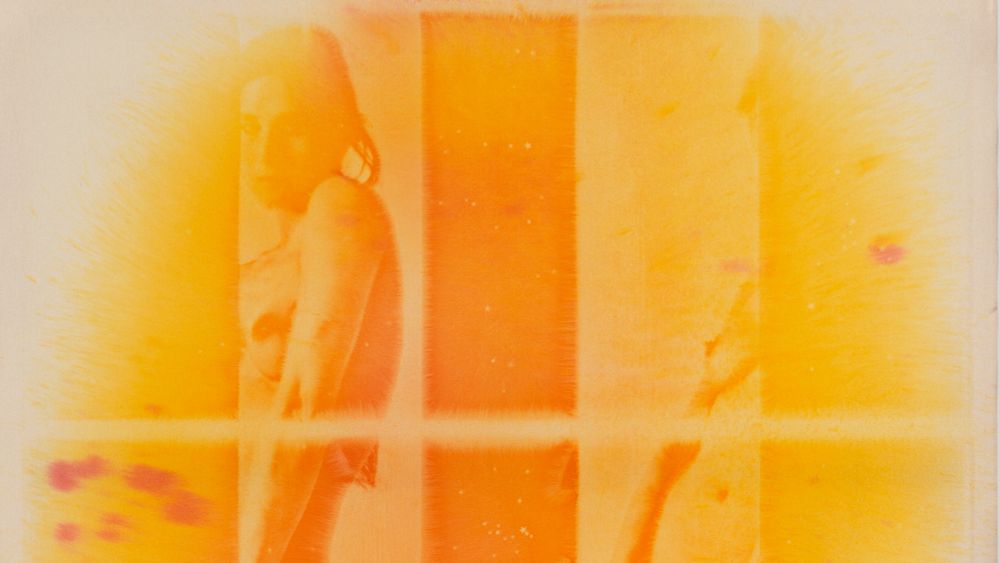brendan coke
@brendancoke14.bsky.social
330 followers
310 following
6.3K posts
media & visual culture(s) | critical theories | screenwriting | direction @ pharmakon | media & news | ex prop-boy now flying high..busy disentangling the gordian knot of one's life [use a sword they say] anything else? design theory and history darling..
Posts
Media
Videos
Starter Packs







